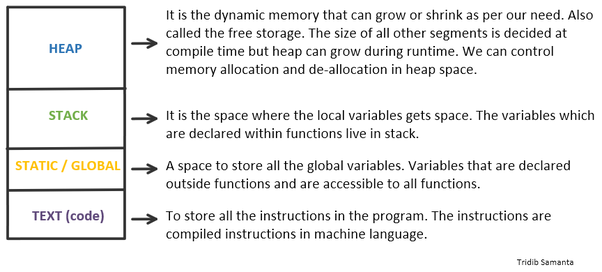Sun, 28 March 2021
During today’s standup, we focus on learning all about Scrum as Joe is back (!!!), Allen has to dial the operator and ask to be connected to the Internet, and Michael reminds us why Blockbuster failed. If you didn’t know and you’re reading these show notes via your podcast player, you can find this episode’s show notes in their original digital glory at https://www.codingblocks.net/episode155 where you can also jump in the conversation. Sponsors
Survey SaysNews
Do You Even Scrum?Why Do We Call it Scrum Anyways?Comes from the game of Rugby. A scrummage is when a team huddles after a foul to figure out their next set of plays and readjust their strategy. Why is Scrum the Hot Thing?
The Core Tenants of Scrum
Scrum Wants You to Fail Fast
An Overview of the Scrum Framework
Focusing on creating a completed, demo-able piece of work in the sprint allows the team to succeed or fail/learn fast. Projects are typically comprised of three basic things: time, cost, and scope. Usually time and cost are fixed, so all you can work with is the scope. There are Two Key Roles Within Scrum
Project owner focuses on what needs to be done while the Scrum master focuses on how the team gets it done.
Scrum is all about Daily Collaboration
The Team Makeup
Team Norms
Product Vision
Break the Vision Down into Themes
Once You’ve Identified the Themes, You Break it Down Further into FeaturesIf you had a theme of a User Profile, maybe your features might be things like:
To get the MVP out the door, you might decide that only the Change Password feature is required. Resources We Like
Tip of the Week
Direct download: coding-blocks-episode-155.mp3
Category:Software Development -- posted at: 9:18pm EDT |
||
Sun, 14 March 2021
We dig into recursion and learn that Michael is the weirdo, Joe gives a subtle jab, and Allen doesn’t play well with others while we dig into recursion. This episode’s show notes can be found at https://www.codingblocks.net/episode154, for those that might be reading this via their podcast player. Sponsors
News
Here I Go Again On My OwnWhat is Recursion?
How Functions Roughly Work in Programming Languages
The Four Memory Segments source: Quora source: Quora How Recursive Functions Work
What is Tail Recursion?
Joe’s (Un)Official Recursion Tips
Joe Recursion Joe’s Motivational Script
Recap
Resources We Like
Tip of the Week
Direct download: coding-blocks-episode-154.mp3
Category:Software Development -- posted at: 10:10pm EDT |
||
Sun, 28 February 2021
It’s been a minute since we last gathered around the water cooler, as Allen starts an impression contest, Joe wins said contest, and Michael earned a participation award. For those following along in their podcast app, this episode’s show notes can be found at https://www.codingblocks.net/episode153. Sponsors
Survey SaysNews
Gather Around the Water Cooler
Resources We Like
Tip of the Week
Direct download: coding-blocks-episode-153.mp3
Category:Software Development -- posted at: 8:29pm EDT |
||
Coding Blocks

Categories
application securitysource control
Software Development
general
Database
testing
programming
Javascript
tools
Archives
AprilMarch
February
January
December
November
October
September
August
July
June
May
April
March
February
January
December
November
October
September
August
July
June
May
April
March
February
January
December
November
October
September
August
July
June
May
April
March
February
January
December
November
October
September
August
July
June
May
April
March
February
January
December
November
October
September
August
July
June
May
April
March
February
January
December
November
October
September
August
July
June
May
April
March
February
January
December
November
October
September
August
July
June
May
April
March
February
January
December
November
October
September
August
July
June
April
March
February
January
December
November
October
September
August
July
June
May
April
March
February
January
December
November
October
September
August
July
June
May
April
March
January
December
November
October
September
| S | M | T | W | T | F | S |
|---|---|---|---|---|---|---|
| 1 | 2 | 3 | 4 | 5 | 6 | |
| 7 | 8 | 9 | 10 | 11 | 12 | 13 |
| 14 | 15 | 16 | 17 | 18 | 19 | 20 |
| 21 | 22 | 23 | 24 | 25 | 26 | 27 |
| 28 | 29 | 30 | 31 | |||
Syndication

